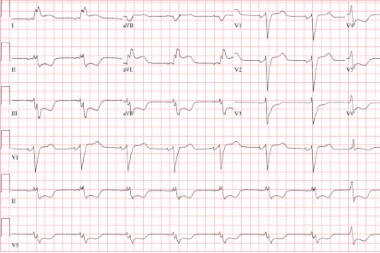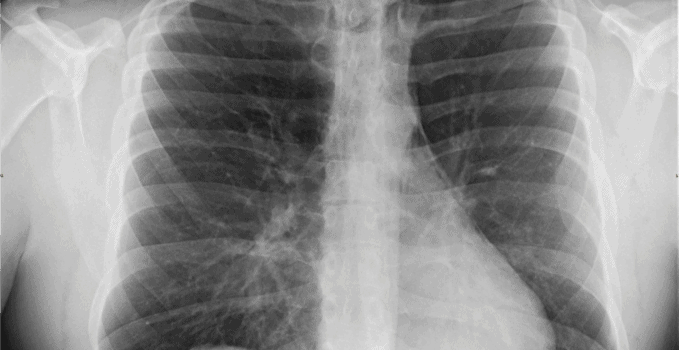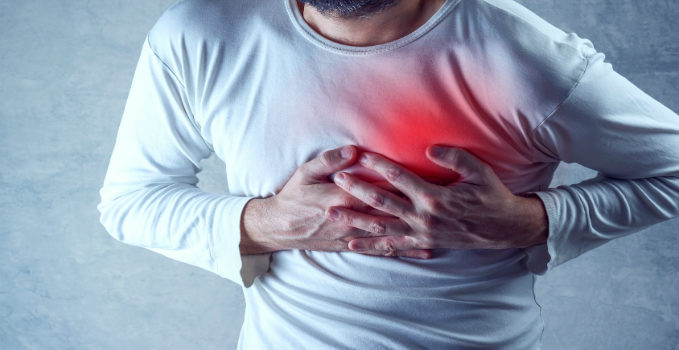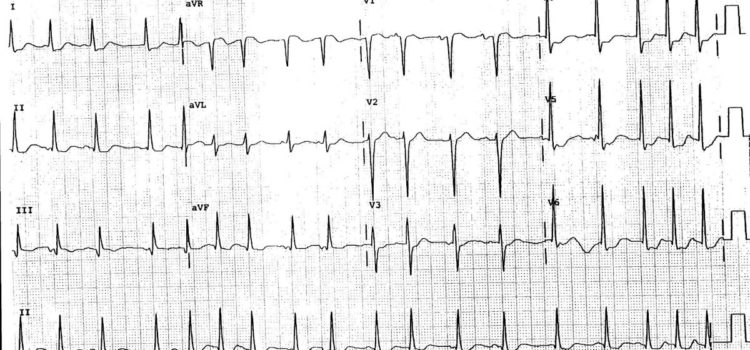A 70-year-old female with history of coronary artery disease presents to urgent care with nonradiating chest pain of 2 days’ duration. She has a known history of left bundle branch block. Baseline ECG: View the ECG taken and consider what your diagnosis and next steps would be. Resolution of the case is described on the next page. (Case presented by Benjamin Cooper, MD, McGovern Medical School, Department of Emergency Medicine, The University of Texas …
Read More




